
views
Stopping the Pain

Determine if you have a first or second degree burn. A first-degree burn is a minor burn, but a second-degree burn will have further damage to the skin's layers. Second-degree burns will also have blistering, pain, redness, and bleeding. These may require different treatment or professional care, so it's important to understand what level of burn you have. To tell if you have a first-degree burn, look for the following: Redness to just the outer layer of the skin (the epidermis) Damage to the skin, but no blistering Pain similar to that of a sunburn Stinging, but no broken skin If you develop large blisters, the burn covers a large area of your body, or if you notice infection (like oozing from the wound, severe pain, redness, and swelling), get medical attention before trying to treat the wound at home.
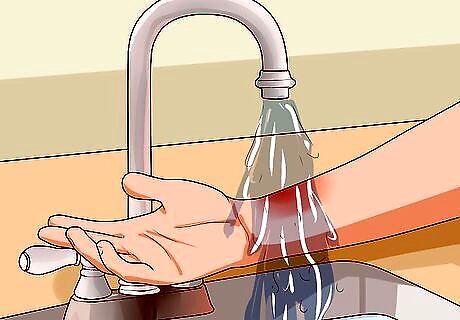
Cool the skin. Place the burned skin under cool running water for 20 minutes. This should help to lower the temperature of your skin. If you don't want to stand next to running water for that long, fill a bowl with cool water and soak the burn in the bowl. You may want to add some ice cubes to the bowl, since the water could warm up quickly. But, make sure the water just remains cool, not cold. Avoid using ice cold water to run over or submerge your skin. It can damage the delicate and already injured tissue if you cool it down too quickly. If you use a bowl, make sure it's big enough to completely submerge your burn in the water.
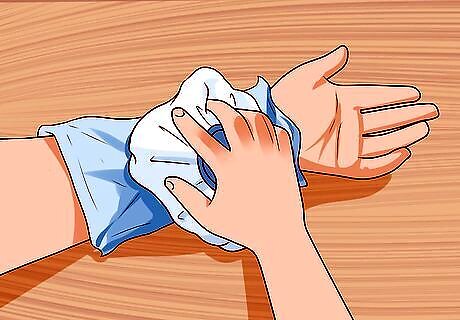
Ice the burn if you still feel pain. If you're still feeling pain after cooling the burned area with water, apply ice. Be sure to wrap a washcloth or paper towels around the ice pack to create a barrier. Press the wrapped ice, ice pack, or even a bag of frozen vegetables, against the burn. Leave it on for around 10 minutes, but move the ice to different spots every few minutes if it gets too cold. Never apply ice directly to the burned area. You may instead wet a clean cloth with cold water and use it as a cool compress if you don't have any ice.

Apply an antibiotic and wrap the burn if blisters develop. By this point, you should be feeling relief from the pain. You should only need to dress the burn if it's developing a blister (making it a second-degree burn). Dress the burn by simply patting the burned area dry. Generously cover the burn with a topical antibiotic, like Neosporin, and cover it with clean gauze. Tape the pad in place or wrap the gauze around the burn for extra flexibility. Most first-degree burns won't require antibiotics and bandaging. Instead, apply a natural moisturizer, like aloe vera, throughout the day. Take care to change the dressing every day, until the skin looks normal.
Dealing with Lingering Pain
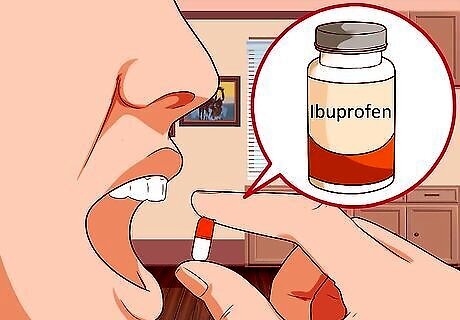
Take pain medication. If the pain is still too distracting, take an over-the-counter pain reliever, like ibuprofen, naproxen sodium, or acetaminophen. Follow the packaging instructions to determine the correct dose and suggested time between doses. Do not take NSAIDs (ibuprofen, naproxen, aspirin, etc.) if you have cuts or are bleeding, as they can thin the blood. Do not give aspirin to children or teenagers without first speaking to a doctor, especially if the child has flu-like symptoms.
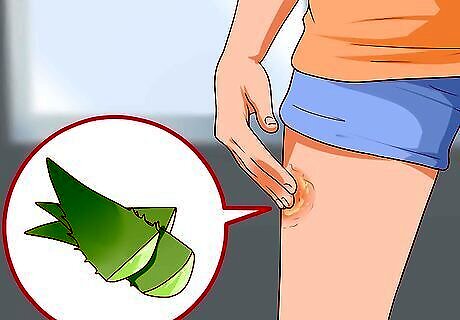
Apply aloe vera gel. Spread aloe vera gel directly on the burned area. You should notice a cooling sensation on your skin. Studies have shown that aloe vera may also help heal the burn faster, since it's an effective moisturizer. If you purchase a skin product containing aloe vera, look for one that contains mainly aloe vera with as few additives as possible. Aloe vera gels which contain alcohol, for example, can actually irritate and dry the skin. Avoid spreading aloe vera gel on broken skin or open blisters. This could cause infection.
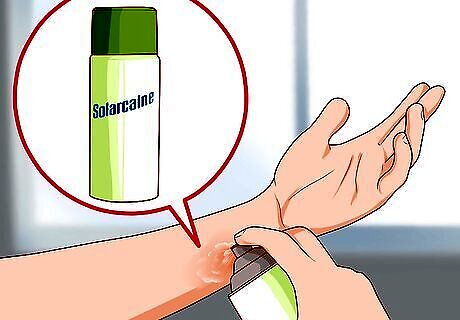
Apply a topical anesthetic spray, like solarcaine. This will temporarily take the sting out of your first-degree burn. Make sure the burned area has been cleaned and dried. Hold the can 6 to 9 inches away and spray the burned area. You should notice numbness within 1 to 2 minutes. Don't use topical anesthetic spray for more than 7 days. If the pain is still noticeable or irritating, see your medical provider.
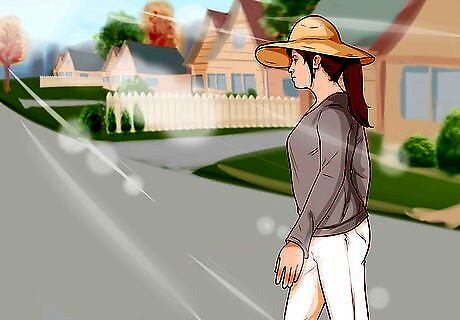
Protect the burn from sun damage and other discomfort. Keep your burn covered when you go outside, especially if it is sunny or windy, as this can cause further damage. Wear loose-fitting, tightly woven clothing. You should be particularly careful to stay out of the sun between peak UV hours of 10am and 4pm. Use a broad-spectrum sunscreen of at least 30 SPF and reapply every two hours.
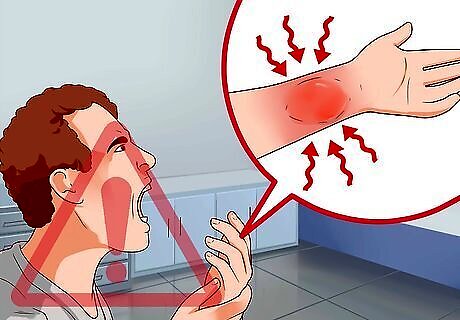
Watch for infection. Any damage to the skin can compromise your body's first line of defense against bacteria, causing infection. Always get medical attention if you notice the burn struggling to heal. Your medical provider can determine whether or not you have an infection. When you change your bandage every day, look for any unusual skin conditions: The area of redness getting larger Pus-like, greenish discharge Increasing pain Swelling














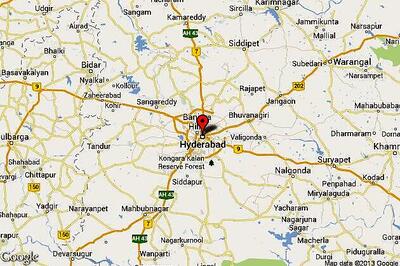
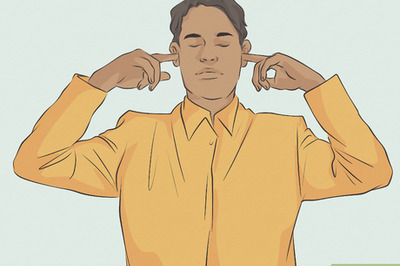



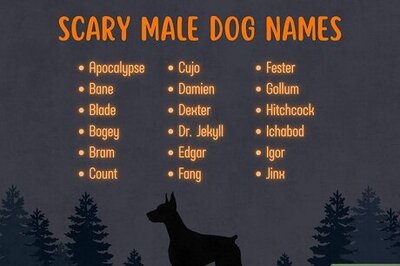
Comments
0 comment